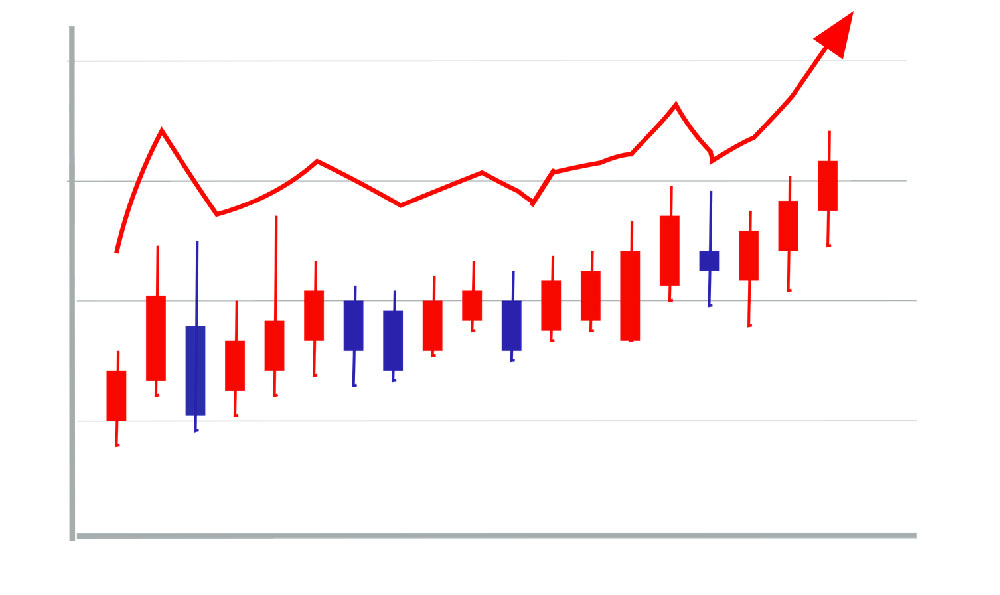Investing small amounts of money can seem daunting, especially when you’re bombarded with stories of high-stakes deals and complex financial instruments. However, it’s entirely possible, and in fact, highly advisable, to start investing even with limited capital. The key is to understand your options, manage your expectations, and adopt a long-term perspective. The earlier you begin, the greater the impact of compounding, turning those small investments into potentially substantial gains over time.
One of the most accessible avenues for small-scale investors is the stock market. While buying individual stocks can be risky with a limited budget, Exchange-Traded Funds (ETFs) offer a diversified approach. ETFs are baskets of stocks that track a specific index, sector, or investment strategy. Because they hold a wide range of assets, they reduce the risk associated with investing in individual companies. Many brokerage platforms now offer fractional shares, allowing you to buy a portion of a single share of a company or ETF. This feature is particularly helpful when investing small amounts, as you can gain exposure to expensive stocks like Amazon or Google without needing to purchase a full share. Researching different ETFs that align with your risk tolerance and investment goals is crucial. Look for ETFs with low expense ratios, as these fees can eat into your returns over time. Popular options include ETFs that track the S&P 500 or those focused on specific sectors like technology or healthcare.
Another compelling option is investing in bonds. Bonds represent loans made to governments or corporations, and they typically offer a fixed rate of return. While individual bonds often require a significant initial investment, bond ETFs provide a more accessible entry point. These ETFs invest in a diversified portfolio of bonds, reducing the risk associated with individual bond defaults. Government bond ETFs are generally considered less risky than corporate bond ETFs, but they also tend to offer lower returns. As with stock ETFs, choosing a bond ETF depends on your risk tolerance and investment objectives. For those with a longer time horizon, a mix of stock and bond ETFs can create a balanced portfolio.

Beyond the stock and bond markets, consider the potential of peer-to-peer lending platforms. These platforms connect borrowers with investors, allowing you to lend money to individuals or small businesses in exchange for interest payments. While peer-to-peer lending can offer attractive returns, it also comes with risks, primarily the risk of borrowers defaulting on their loans. Diversifying your investments across multiple borrowers can help mitigate this risk. Carefully evaluate the borrowers' creditworthiness and the platform's risk assessment tools before investing. It’s important to remember that peer-to-peer lending investments are typically not insured, so thorough due diligence is essential.
Another often overlooked but potentially rewarding avenue for small-scale investment is the realm of high-yield savings accounts and certificates of deposit (CDs). While these options may not offer the same potential for high returns as stocks or bonds, they provide a safe and liquid place to park your money while earning interest. High-yield savings accounts typically offer interest rates that are significantly higher than traditional savings accounts, making them a good option for short-term savings goals or emergency funds. CDs offer fixed interest rates for a specific period, and the rates are often higher than those offered by savings accounts. However, CDs typically come with penalties for early withdrawal, so it’s important to choose a term that aligns with your financial needs.
Robo-advisors represent a relatively new but increasingly popular way to invest small amounts of money. These platforms use algorithms to build and manage investment portfolios based on your risk tolerance, investment goals, and time horizon. Robo-advisors typically offer a diversified portfolio of ETFs and automatically rebalance your portfolio to maintain your desired asset allocation. They also often provide financial planning tools and resources to help you reach your financial goals. Robo-advisors are generally more affordable than traditional financial advisors, making them an attractive option for small-scale investors.
No matter which investment options you choose, it’s essential to prioritize financial literacy. Understanding the basics of investing, including concepts like risk and return, diversification, and asset allocation, is crucial for making informed investment decisions. There are many free resources available online, including articles, videos, and courses, that can help you improve your financial knowledge. Additionally, consider consulting with a financial advisor, even if you only have a small amount of money to invest. A financial advisor can help you assess your financial situation, set realistic goals, and develop a personalized investment strategy.
Finally, and perhaps most importantly, cultivate the habit of consistent saving. Automate your savings by setting up regular transfers from your checking account to your investment account. Even small amounts saved consistently can add up over time, thanks to the power of compounding. Reinvest any dividends or interest earned to further accelerate your wealth growth. Remember that investing is a marathon, not a sprint. It takes time, patience, and discipline to build wealth, but with a sound investment strategy and a commitment to saving, you can achieve your financial goals, even starting with small amounts of money. The key is to start now and stay consistent.












